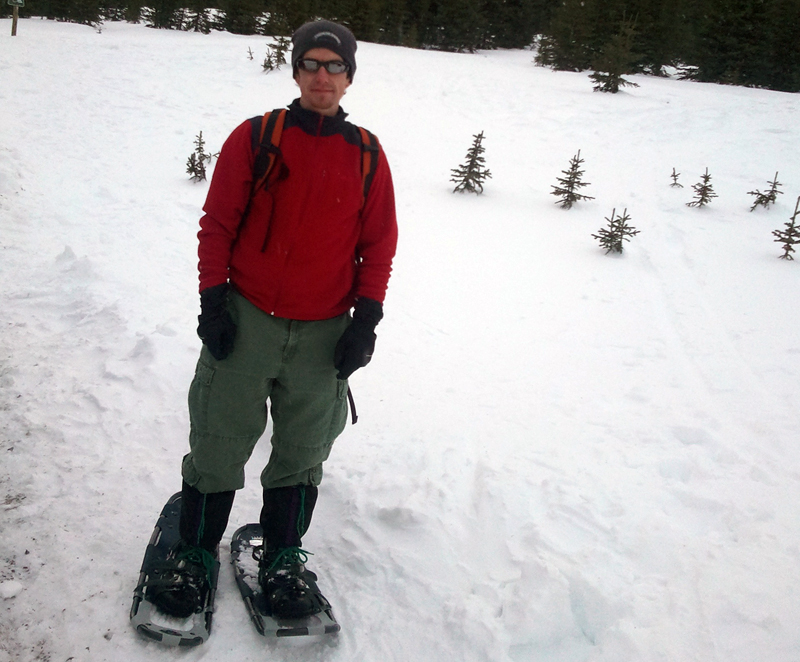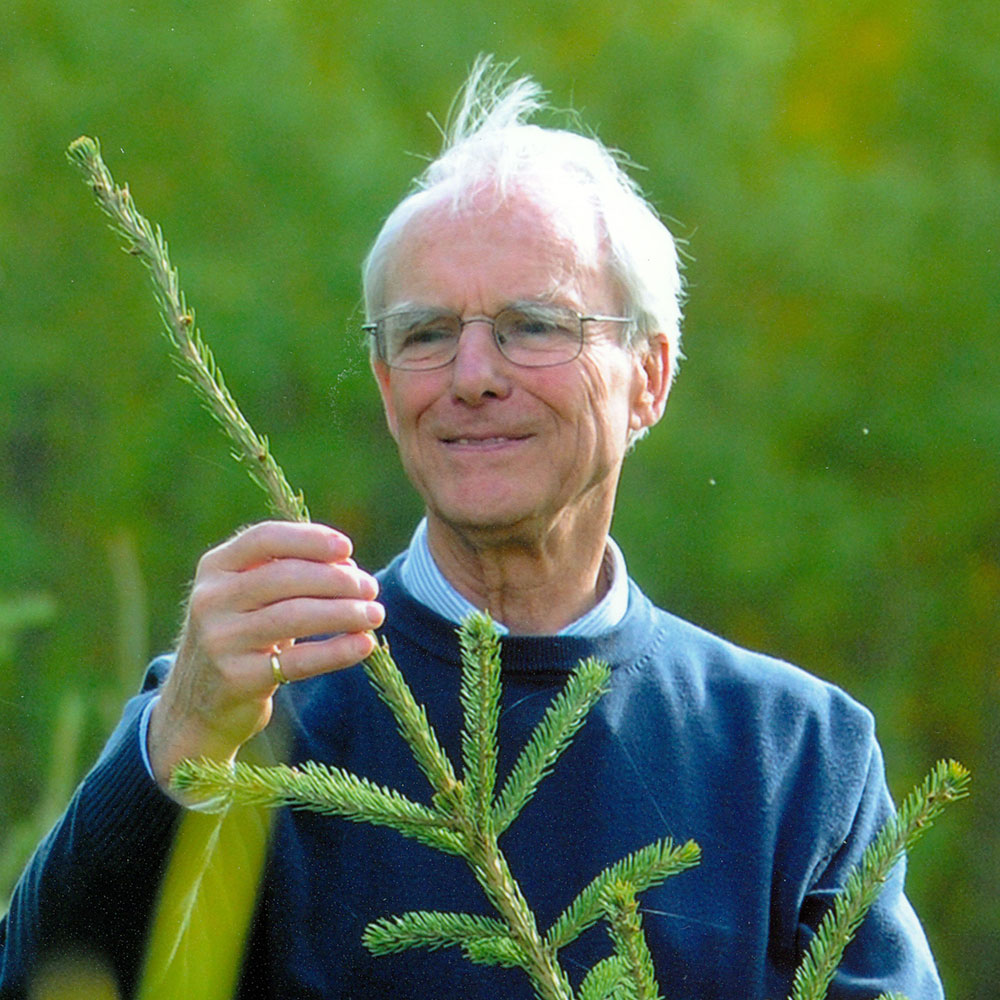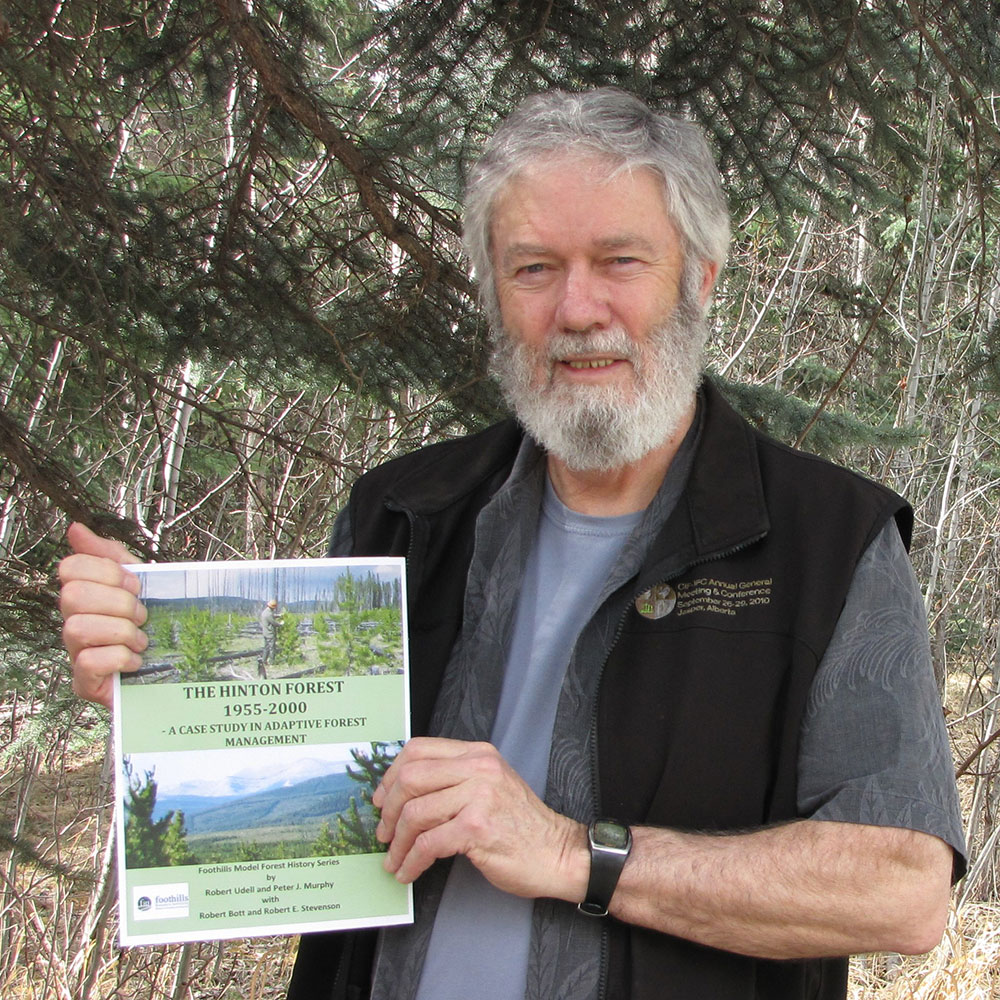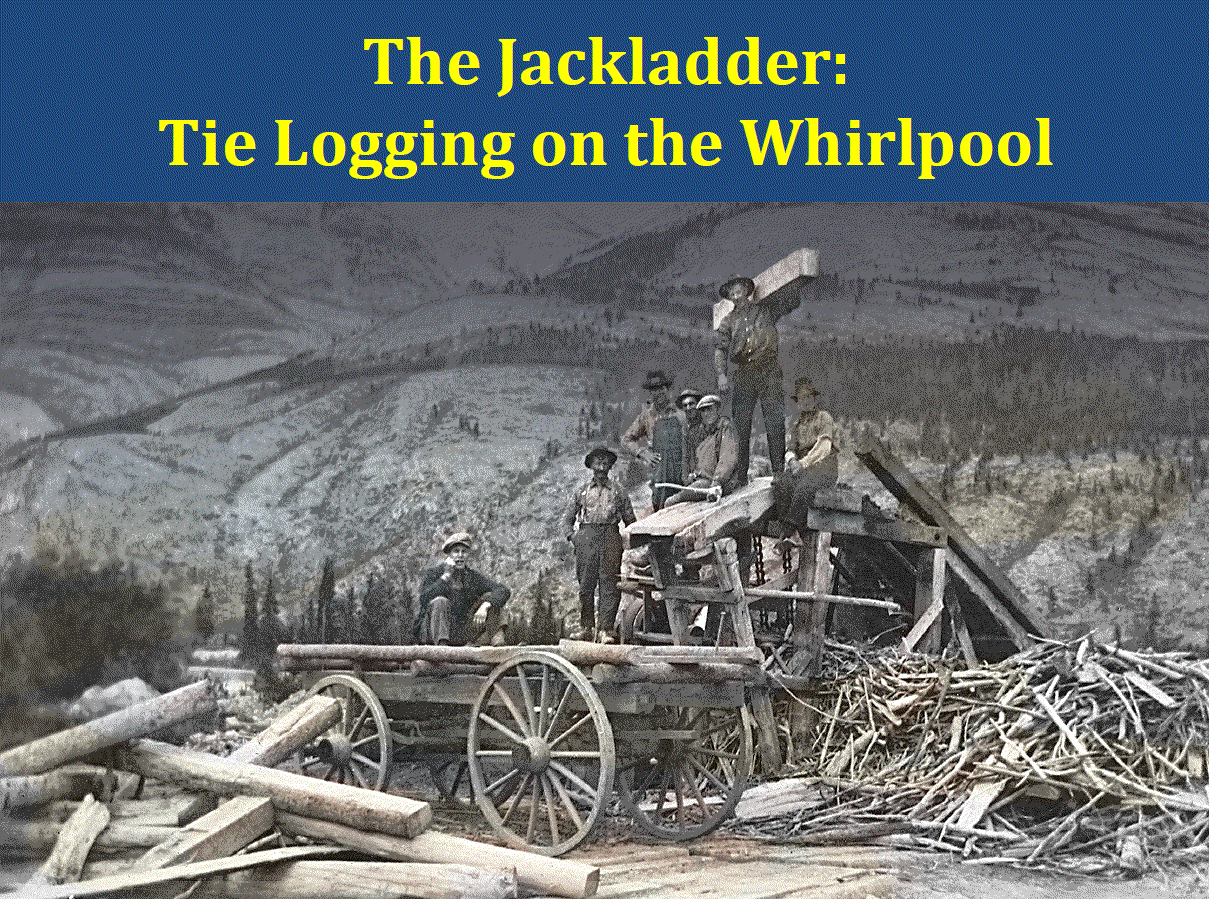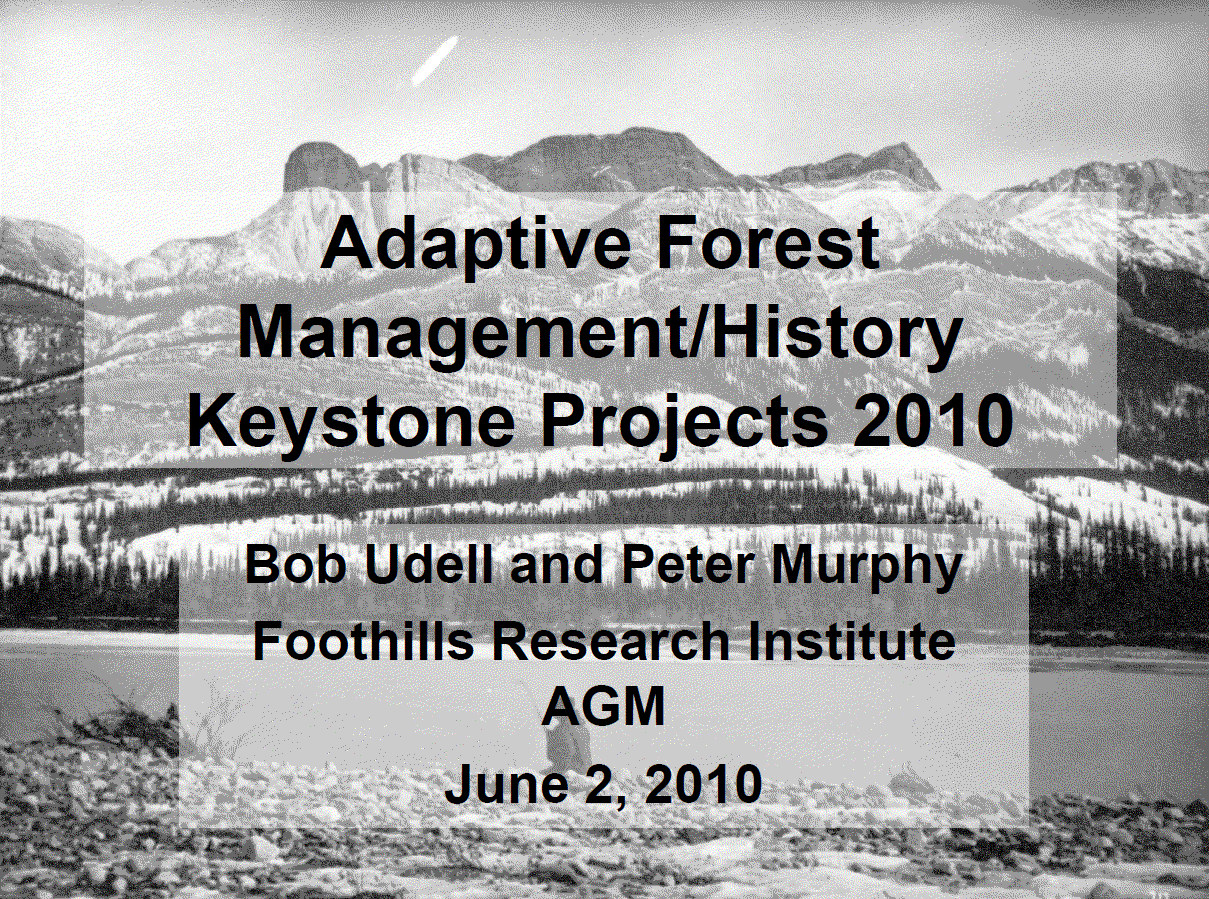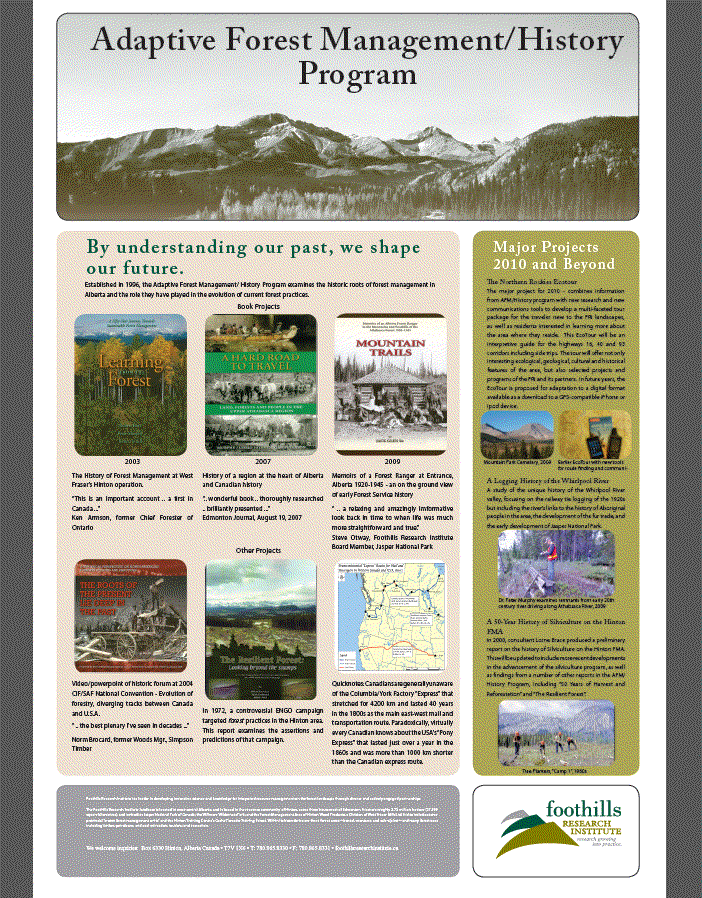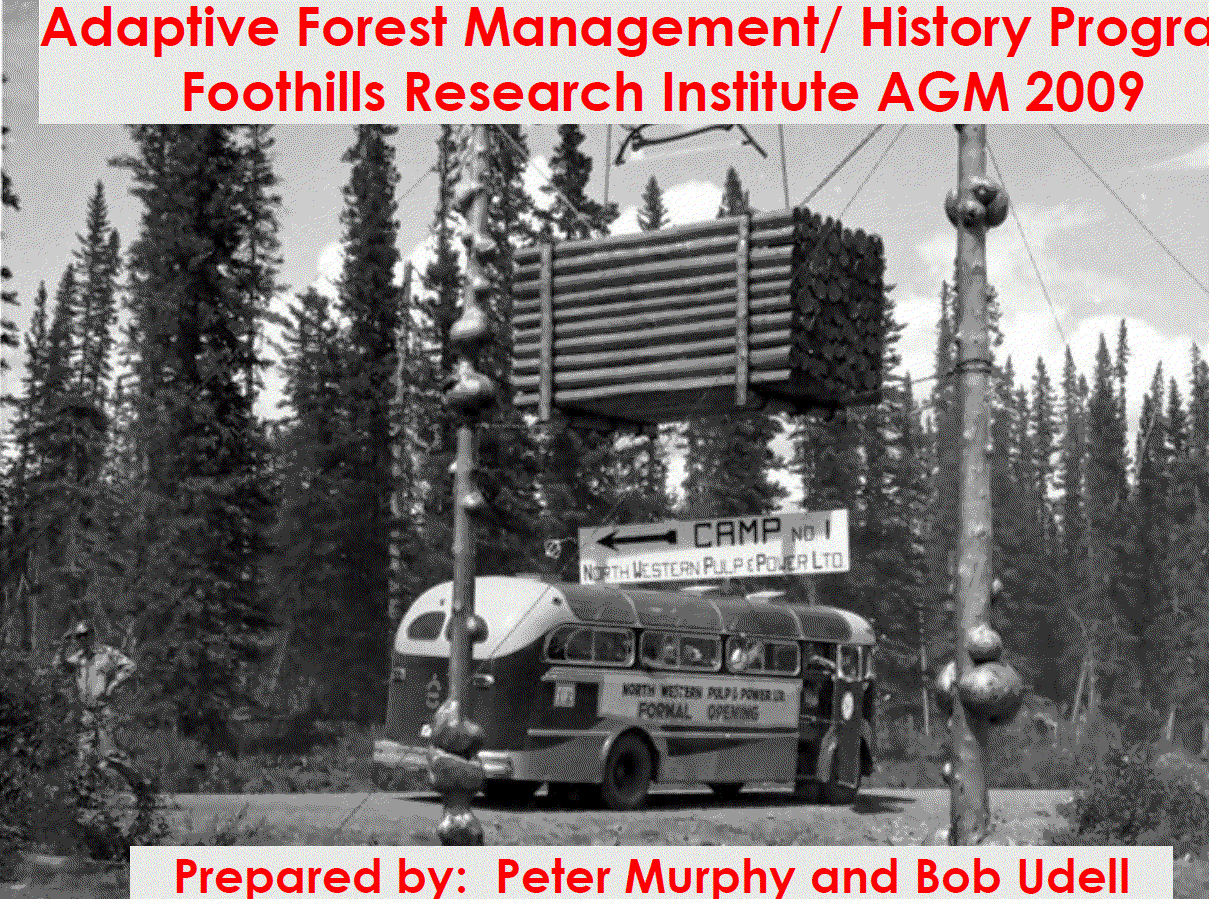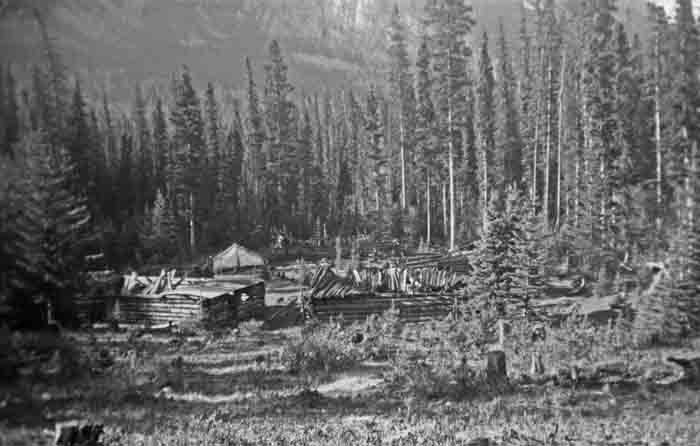
A Logging History of the Whirlpool Valley, Jasper National Park
Exploring an overgrown, but not forgotten, episode in forestry.
By 1911 the railroad had arrived in Jasper, and railway ties became a critical need. At the time, logging was allowed in the park. The Whirlpool Valley was chosen and logged throughout the 1920s. Dr. Peter Murphy’s study focuses on the railway tie logging of the 1920s but includes the river’s links to the history of Aboriginal people in the area, the development of the fur trade, and the early development of Jasper National Park.
David Thompson travelled up this valley and “discovered” the Athabasca Pass in January 1811. This project, 200 years later, explores developments since this discovery.
When the railroads arrived in Jasper after 1911 railway ties were a critical need. Park regulations at the time allowed logging. The Whirlpool valley was chosen and logging started in January 1921. All ties were hacked with broadaxe, at least during the early years, then piled on the banks of the Whirlpool River to await breakup, when they were put in the river and floated down to the Athabasca and on to the Henry House Flats area. A “Jackladder” brought them up from the river, where they were loaded onto wagons and hauled by horses to Henry House siding to be packed into boxcars. Total reported production (loaded in boxcars) was about 300,000 for the seven years of operation.
Logs were sent down the Whirlpool River to the Athabasca during the 1920s
Dr. Murphy begins a study on the logging and Indigenous history of the area
Camps, timber limits, and trails are plotted with modern GIS technology
P
- Peter J. Murphy Forest Consulting
